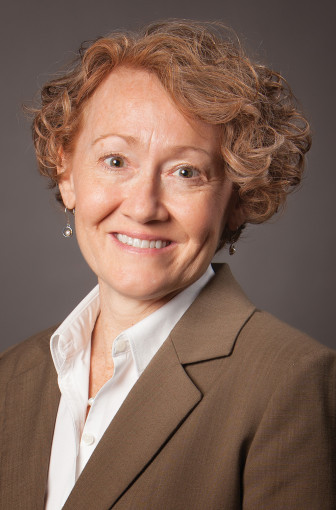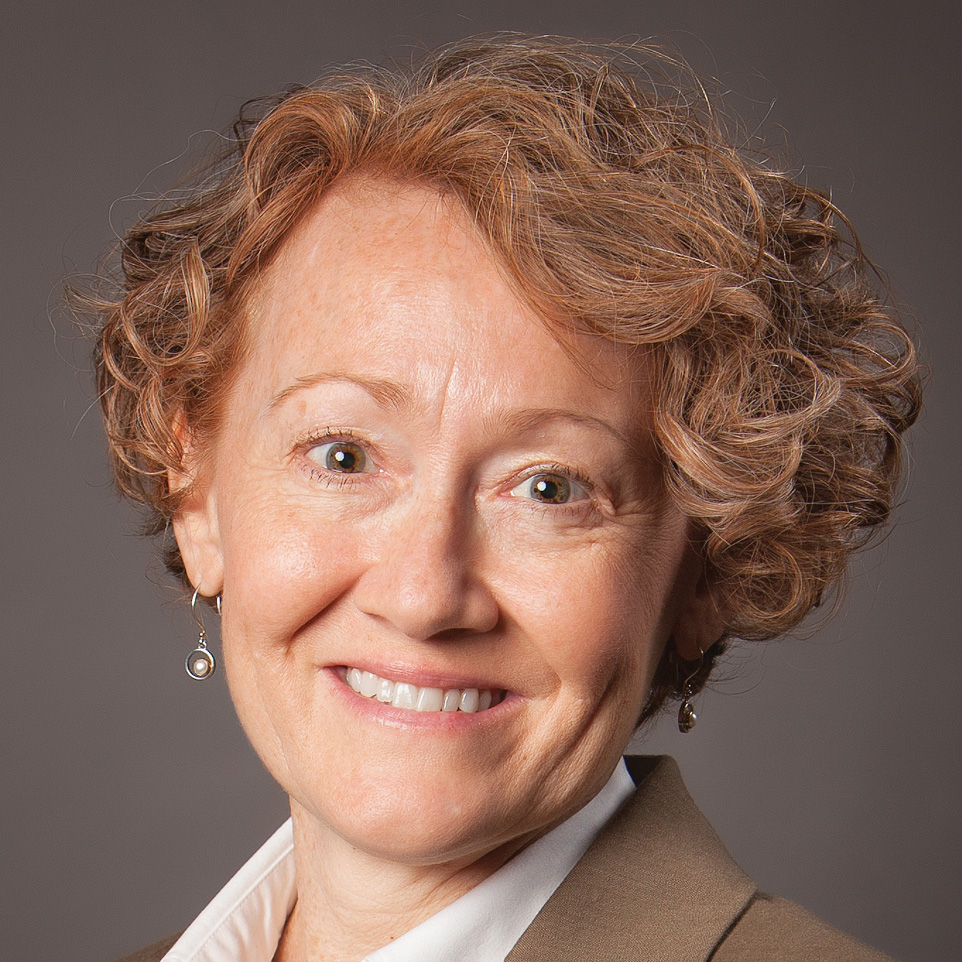 It’s still freezing, but Paul, my 14-year-old neighbor, reports that he is ready for summer. Paul loves his summer sports league, reading science fiction, learning at camp and making money by cutting our lawn. Everyone is aligned to ensure his summer activities contribute to his development. For young people with fewer resources, however, summers represent risk. Without the support beyond school, youth easily become disconnected and lose academic ground.
It’s still freezing, but Paul, my 14-year-old neighbor, reports that he is ready for summer. Paul loves his summer sports league, reading science fiction, learning at camp and making money by cutting our lawn. Everyone is aligned to ensure his summer activities contribute to his development. For young people with fewer resources, however, summers represent risk. Without the support beyond school, youth easily become disconnected and lose academic ground.
Recently, The Washington Post reported that, for the first time in at least 50 years, a majority of public-school students come from low-income families. Schools are under intense pressure to raise the achievement of these students to that of their more affluent peers. This strain leaves schools with little money for summer enrichment.
For youth development professionals and communities, summer — and really any time where youth are disconnected — represents either opportunity or danger. We must rally to ensure the right gaps are addressed and opportunities are in place. We must collaborate to collectively address the needs that no single organization could.
Take, for example, STL Youth Jobs in St. Louis. This collaboration emerged in 2012 from the inspiration of funders, nonprofits, business and civic leaders, who launched STL Youth Jobs as a creative, cross-sector solution ensuring that youth have access to employment, are equipped to handle finances and build skills critical to future employment.
More than 200 teens were employed that summer. They reported increased work motivation and ability to manage and save their earnings. More than 90 percent increased their work skills and gained confidence, and 60 percent are still working.
Likewise, St. Louis Graduates (STLG) recently convened education and college access professionals who were deeply concerned about “summer melt,” which, according to a Harvard research study, occurs for 10 to 40 percent of young people between high school graduation and their freshman year. Their motivation and college readiness dwindle due to lack of resources, information and support. Young people who were previously on track “melt” away, and their college journey finishes before it ever began.
STLG leveraged collective minds and energies in 2013 to quickly produce the High School to College Center, which provides free counseling for students going to college.
STLG provided leadership. Foundations and businesses provided funding. A university provided convenient, free space. An array of aligned youth-development and education organizations contributed staff, data tracking systems, training and materials. Local media promoted the center. Meanwhile, schools and social media reached teens by the masses.
During 11 weeks, the center served 214 recent high school graduates. Teens received financial- aid counseling, college application guidance and access to emergency funds to fill gaps for tuition and books. Youth served enrolled successfully in 69 different colleges. And all of this for less than $200 per student.
The community had a need. Stakeholders and organizations responded with innovative solutions that continue to flourish.
As youth-serving organizations, we can take a cue from these examples. We all have specific competencies, resources and connections. We can listen for real community needs, combine our shared skills and shore up supports for youth in the summer, when other services are unavailable. Collectively we can align goals, share resources and produce impacts that we could never do alone.
Paul has a long wait for grass cutting season. He shrugs and says he’s too busy right now anyway — you know — with basketball and chess club. It’s up to us to make sure all youth get the same access to engaging and educational opportunities that will foster thriving across the nation.
Claire Wyneken is senior vice president and chief of staff at Wyman Center, a national youth-development agency that transforms teens and communities by building teen leadership and resilience, building the capacity of the field and advocating for policies that support positive results for teens. She writes from St. Louis, where she lives next door to Paul. Learn more at: WymanCenter.org.


























